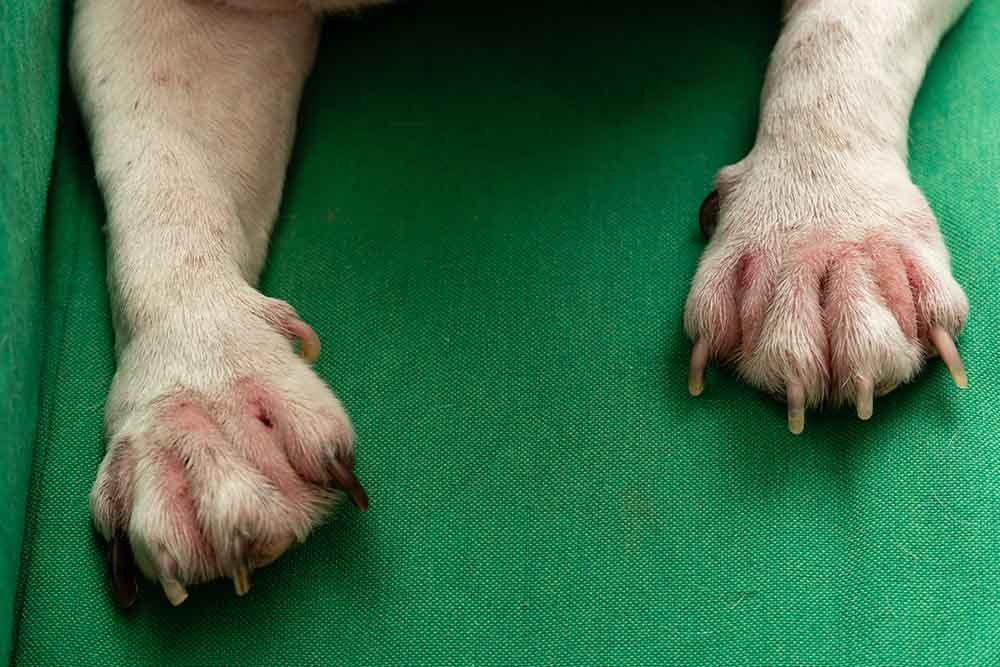A couple of years ago, my happy-go-lucky six-year-old cocker spaniel Sabbu was healthy and having a ball. Little did we know that he would suffer miserably in the forthcoming months, and eventually for years. At first it seemed normal for Sabbu to get itchy, lose small patches of hair around his eyes, nose, and under his neck, which would grow back before we spotted the difference. Gradually the loss of these patches of hair became large areas of his body, making him appear bald at those spots.

There is also the existence of flea dirt - tiny black clusters of flea excrement on your dog’s skin and fur which is an obvious reason for their scratching. Treat them immediately if you spot flea dirt or actual fleas. However, if fleas or ticks aren’t the cause, it is best not to self-diagnose or rely on Dr Google. Please visit your nearest veterinarian. It can be challenging to determine whether your dog’s excessive scratching is due to an allergy, flea bites, an infection, or anything else. Itching too much can be very concerning, particularly if it causes your dog to get bald spots or harms his own skin.

Dr Hemant Thange, Veterinarian, explains that dogs of all age groups can suffer from skin ailments. Signs like excess itching, scratching themselves, excess hair fall, rashes, boils, and pustules on the skin can be seen in case of any skin ailments.

We made endless visits to the vet, changed Sabbu’s diet, iterated and reiterated his medications. By this time though, my beautiful black and white cocker spaniel almost looked hairless on his back. There were just tufts of fur stuck on his body for formality’s sake. The happy puppy who was once super active and ever ready to play turned out to be this tired, restless dog who was constantly preoccupied in scratching himself, at times almost till he bled. It was difficult to watch Sabbu suffering and shedding his hair at an alarming rate.

Dr Hemant emphasises on the importance of the dog’s skin health. It is mainly dependent on the dog’s hygiene, their physiological balance of hormones and their diet. Climatic conditions can also greatly affect the skin health of (pet) dogs. For instance, secondary bacterial and fungal infections are very common in hot and humid climatic conditions in coastal areas such as Mumbai. Those same infections can dramatically improve if the pets are brought to dryer climatic conditions.
It took time for the medications to kick in and help Sabbu recover his health. We closely monitored his diet, and made routine visits to the vet. With time, even the dosage of the medicines were reduced, supplements were added and Sabbu's fur grew back!

Dr Hemant added that inflammation of the skin called dermatitis can be acute or chronic in nature depending on the cause. Dermatitis can be seen due to infections (bacterial, fungal, parasitic), or non-infectious causes like allergic or atopic dermatitis. A majority of the fungal infections are secondary due to allergic dermatitis and climatic conditions.
If any signs of dermatitis persist for more than two weeks, please get your pets checked by a veterinarian. Skin ailments can be very frustrating to treat for pet owners as well as for veterinarians. So, it’s advisable for pet parents to regularly follow up with their vets and be patient with the treatment. Consistently following up with the treatment and managing your pet’s hygiene, diet and hormonal balance is the key to tackling their skin ailments.